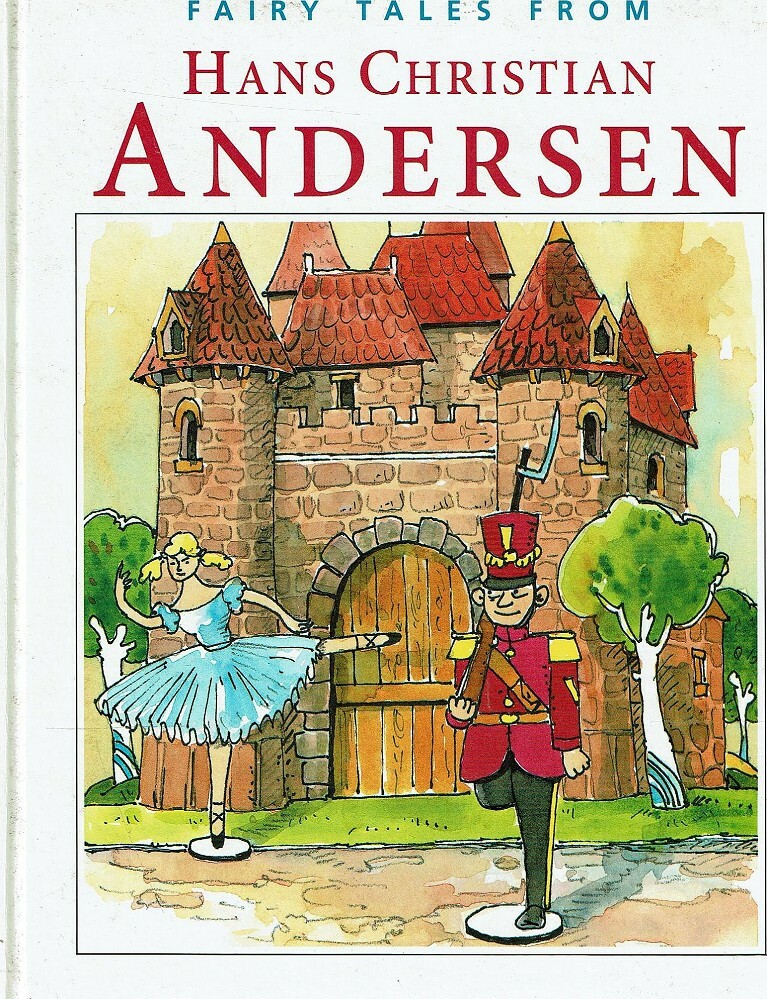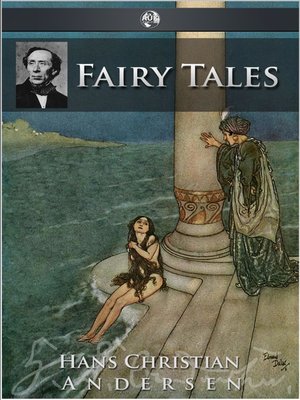

Each house they travel into on the breeze, if they find a good child who is a credit to its parents, one year is taken off their three hundred. Her spirit floats up into the air and she is informed by other mermaid spirits or ‘daughters of the air’ that, whilst they cannot gain a soul, they have a chance to do so if they provide a useful service to the world by bringing cooling breezes to the hot winds in warmer parts of the globe.Īt the end of their three centuries of service, they can create their own everlasting soul – and they can shorten the period of time it takes to earn one. Call number: 839.83 AN2E 1935.But when the mermaid sees the prince and his bride sleeping together in his tent on the ship, she cannot go through with it, and hurls the dagger into the sea before diving overboard and dispersing into foam on the surface of the water. As Andersen preferred to give the mermaid a divine path rather than allow her immortal soul to be dependent on the love of another person, "The Little Mermaid” is an example of a literary fairy tale that combines mythological influences with Christian beliefs. Rather, she becomes a "daughter of the air." Because of her selflessness, the mermaid ascends into the sky and is given the chance to earn her soul by doing good deeds for 300 years, after which she will rise into Heaven. The mermaid refuses and dissolves into foam, but she does not cease to exist.

When the prince marries another, the mermaid is offered a dagger with which she can kill the prince and change her fate. The mermaid becomes human to marry the prince and gain a soul, knowing she will die if she fails. Though they can live for 300 years, mermaids turn to sea foam and cease to exist when they die, while humans have souls that live on in heaven. In the story, the unnamed mermaid quests not just for love, but an eternal soul.

Though intended for children, the tale is much darker than is represented in modern adaptations. Inspired by tales of mythological aquatic creatures like sirens, sprites, water nymphs, and merpeople (especially Friedrich de la Motte Fouqué’s fairy tale novella Undine), Andersen published his fairy tale “The Little Mermaid” in 1837. Politics, Satire, and the Prince Regentĭue to the geographic location and seafaring history of Denmark, nautical themes are common in Danish folklore.Skazki: Tales and Legends of Old Russia.Princess Splendor: The Wood Cutter's Daughter.Bibliography for the Making of Star Wars.

Letters from the Conde de Montemar Collection.Gazing at the Spanish Viceroyalty from Afar.Early Empire, Exploration, and Conquest.


 0 kommentar(er)
0 kommentar(er)
